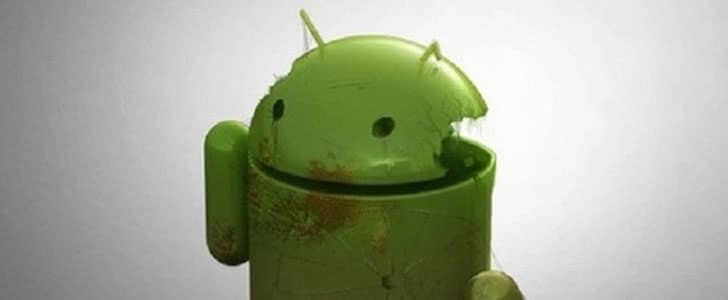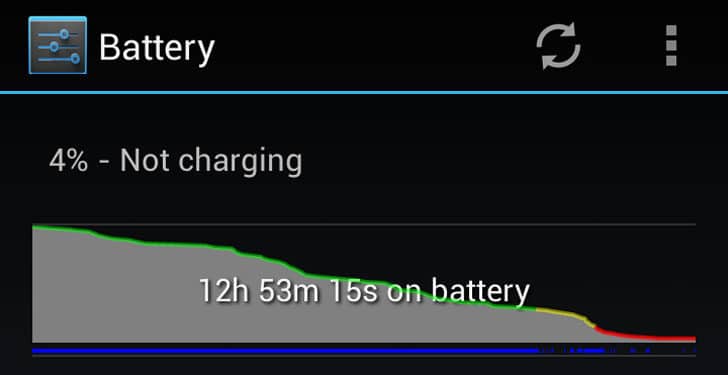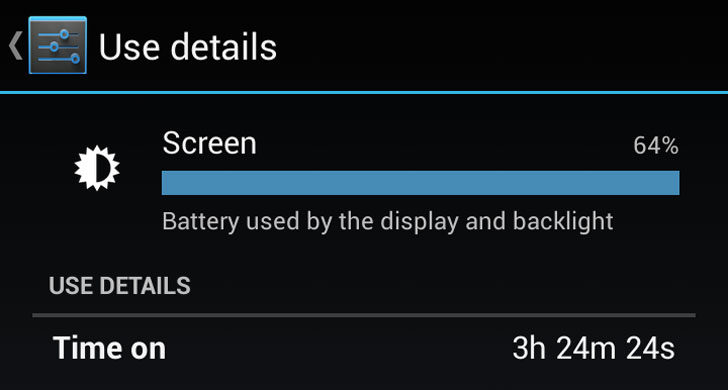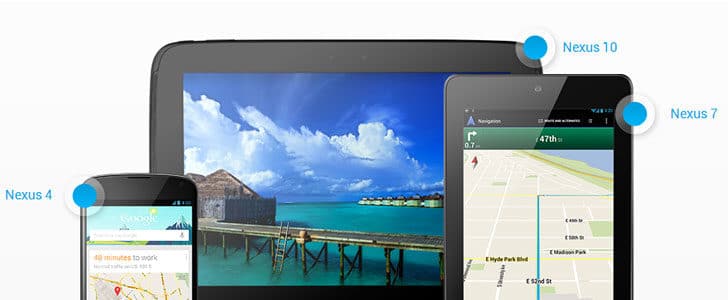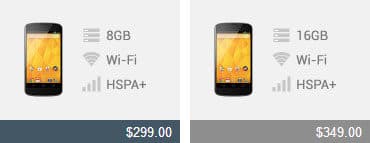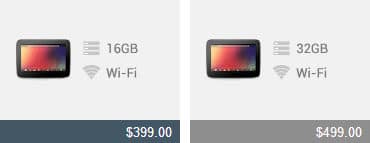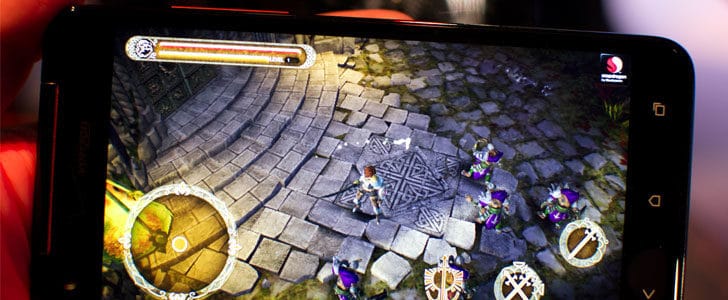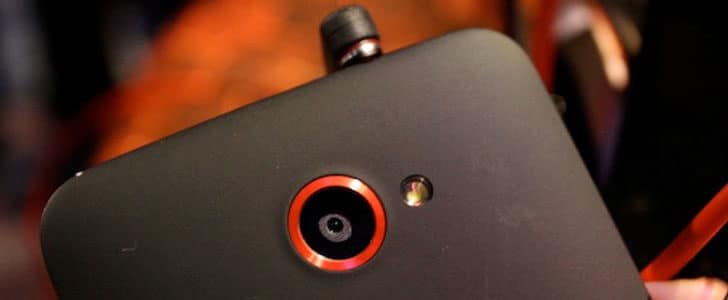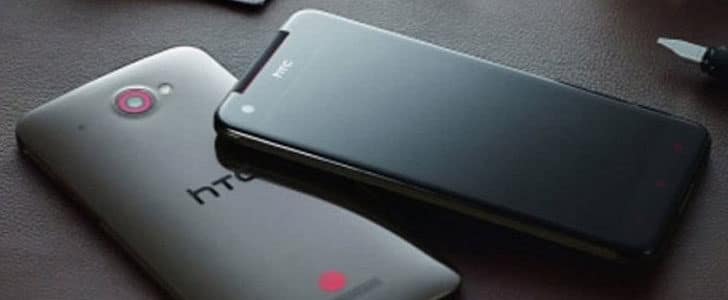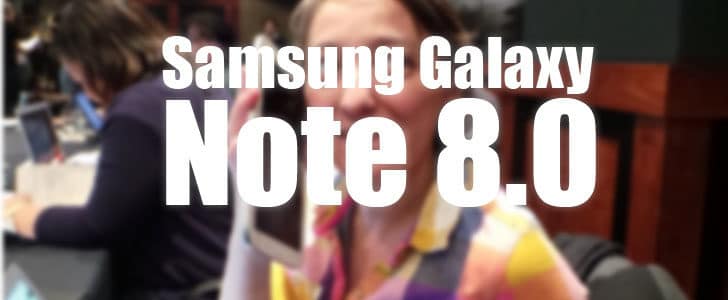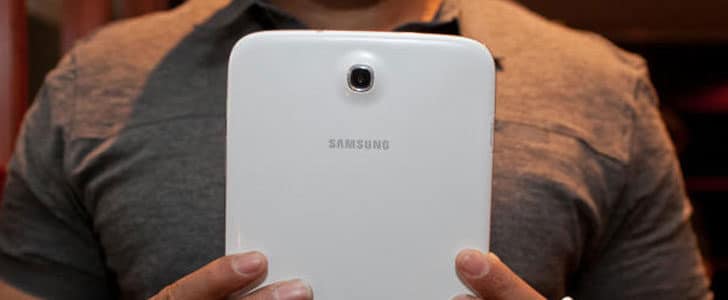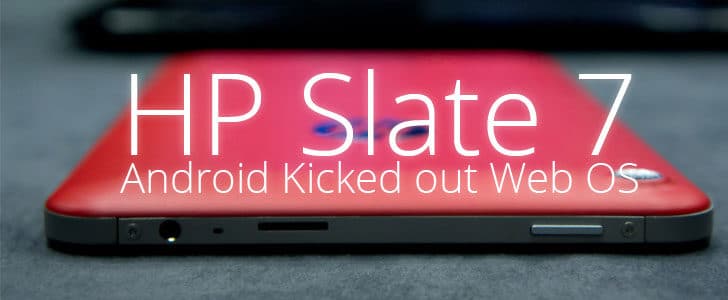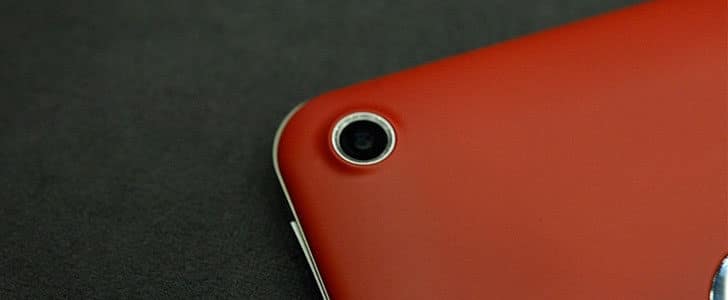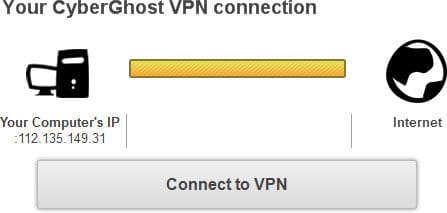Web browser is one of the most used applications among most computer, Smartphone and tablet users. There are various browsers competing in the battle of web browsers. You may have your own personal favorite, but according to my study Safari is the best in Smartphone and Tablets while Google Chrome hold the crown in desktop computers.
When I was stumbling across the WWW I came across with a new web browser, a new entrant to browser battle that comes with an interesting name, WaterFox. Let’s go and see what it has to offer.

What’s Special about WaterFox?
WaterFox is using same popular Mozilla engine which is also used in FireFox browser. But there is a difference, a good difference. It is optimized to work with 64bit hardware platforms. Most of the computers today have 64bit hardware, but most of the browsers are not getting advantage out of it.
The magic here is it work with previous 32bit plug-ins as well as specifically 64bit optimized plug-ins. With all these WaterFox is ought to have awesome performance, page rendering and multi-tasking. However I’m not happy till I do a benchmark test and page loading test. Let’s see if this new WaterFox is performing as good as it says on papers.
WaterFox Benchmarking Test Compared to Google Chrome
I wanted to run a benchmark test of WaterFox compared with all the other popular browsers. But on the other hand no point if it can’t beat the best. So I decided to compare it with latest and greatest Google Chrome.
PeaceKeeper
WaterFox:
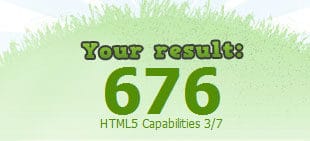
Chrome:

SunSpider 0.9.1 JavaScript Benchmark
WaterFox:

Chrome:

V8 Benchmark Suite
WaterFox:
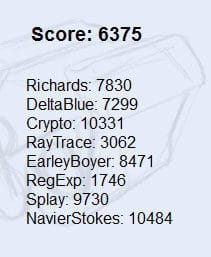
Chrome:

- Hardware: Intel Core i5 2nd Gen // 4GB DDR2
- OS: Windows 7 Home Premium // 64 Bit
- Browser: Google Chrome Version 23.0.1271.91 m // WaterFox 16.0.1
WaterFox browser claims that it’s utilizing 64bit hardware and making the browsing experience super speedy. By looking at benchmark results you will figure out that it’s not the case. Even if you consider the browser load time, page load time and other operations I didn’t notice any significant performance improvement.
WaterFox project confirms that Mozilla Engine need lot more work before it could beat Chromium Engine. Even after 64bit optimization, its way behind in many aspects. There was a time people were using FireFox because of its massive plug-in support. But today it has turned upside down. Chrome Web Store has more number of extensions as well as applications.
As a conclusion WarerFox project is not making any significant changes to the big picture of battle of Web browsers. It’s only paper fast, not in real life. It need lot more unique features and polishing up to make it’s mark in browser battle field.
Tags: #Browser #Chrome #Firefox


